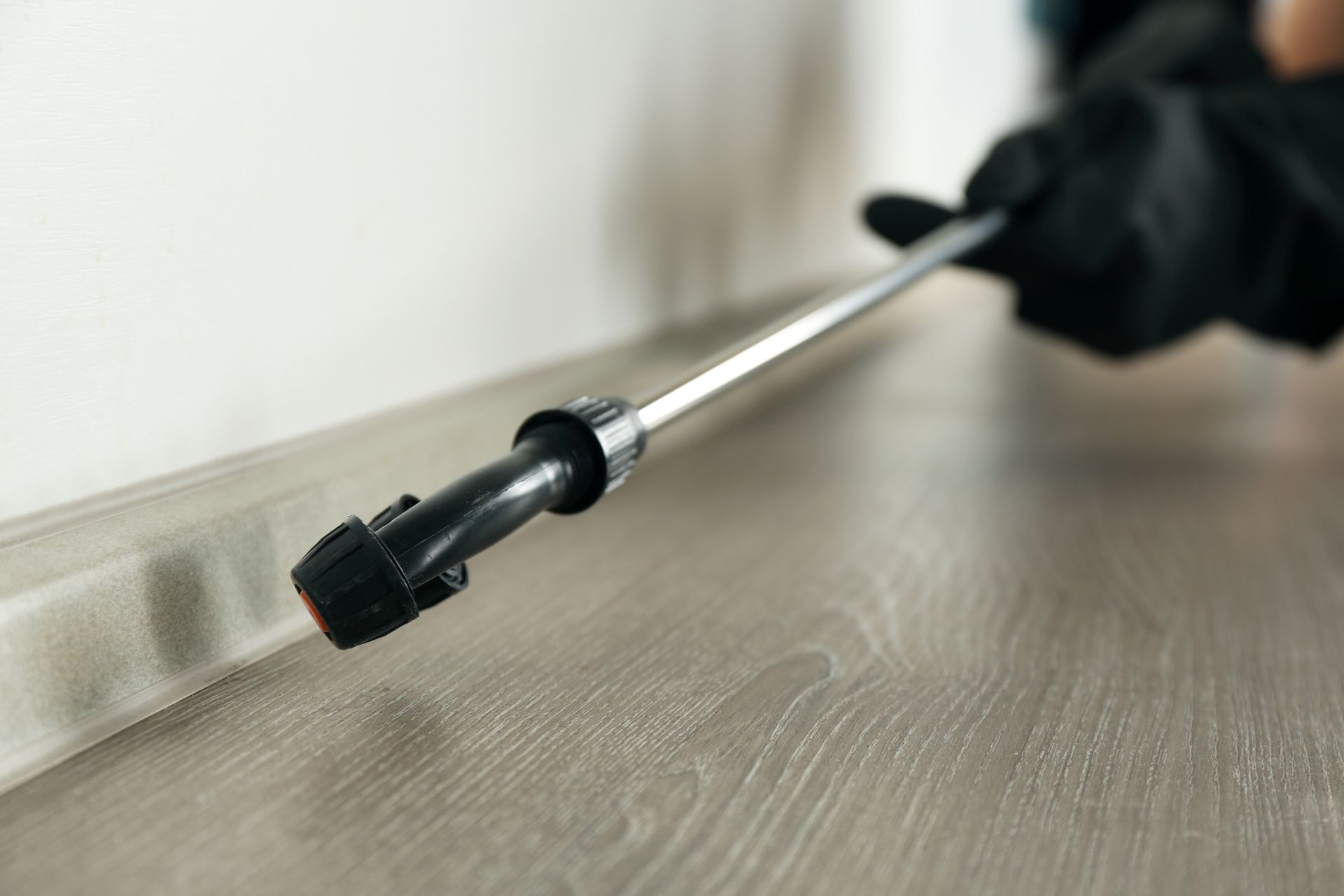Springtail Control
Springtails are tiny (less than 1/4'” long) bugs with an oval body. They are wingless and flightless. Though typically whitish or grey in color, they can range in color from purple, blue, green, yellow, or orange. Their abdomen has six or fewer segments and they have no pinchers. They do have short antennae.
Springtail Lifecycle
Springtail males deposit sperm on the ground or a flat service, and the female picks it up. She can then lay eggs singly or in clusters several times throughout her life. Usually there are anywhere between five to 10 molts before a baby springtail becomes an adult. Adults also continue to molt throughout their lifetime, with some species molting up to 50 times. However, there is no increase in size after the 15th molt.
It can take between two to three months for a springtail to become an adult, but it varies with species and temperature. An interesting fact about springtails is that they don’t have a tracheal system (breathing tube), so they breathe in a cutaneous manner (through the skin). This also means that water passes through the skin. This is why they usually inhabit only damp areas because they lose water through their skin. Indoors they are usually found in high moisture areas – like kitchens and bathrooms, crawlspaces in the basement, etc. They can get trapped in sinks and tubs, moldy bedding and mattresses or couches. If you can smell mildew anywhere in your house, like in the basement, springtails could become a concern.
Springtails feed on decaying vegetation, fungi, bacteria, pollen, and even decaying flesh of dead animals. And though it is very uncommon, some species can cause an itching dermatitis in humans, some have nested in hair. Most, however, are not parasitic like this, they are just a nuisance.
Springtail Treatment
Outdoors they are found in damp, decaying plant material. Most species occur in the soil and can have enormous numbers in colony (up to 50,000 per cubic foot). They often invade structures in search of moisture if or when their habitat becomes dry. Since they are small they can enter through the tiniest of places. They can enter around utility pipes, though window screens, under door thresholds, etc. Most commonly they are brought into homes and office buildings by potted plants. You may not notice them until daylight, as they are attracted to light.
The best means of control is to simply dry out the site of infestation. The springtails will either die or leave. You can vacuum them up fairly easily, reducing their numbers quickly and significantly. If the area cannot be dried out, then a pest control company is definitely needed to apply an application to the affected area.
Source: NPCA Field Guide to Structural Pests
Paffy’s pest control can treat springtails easily. Give us a call today! 651-459-4654. We can help you out.















